Microsoft successfully tests emission-free hydrogen fuel cell system for data centres
The successful test has been described as a “moon landing moment” for the data centre industry
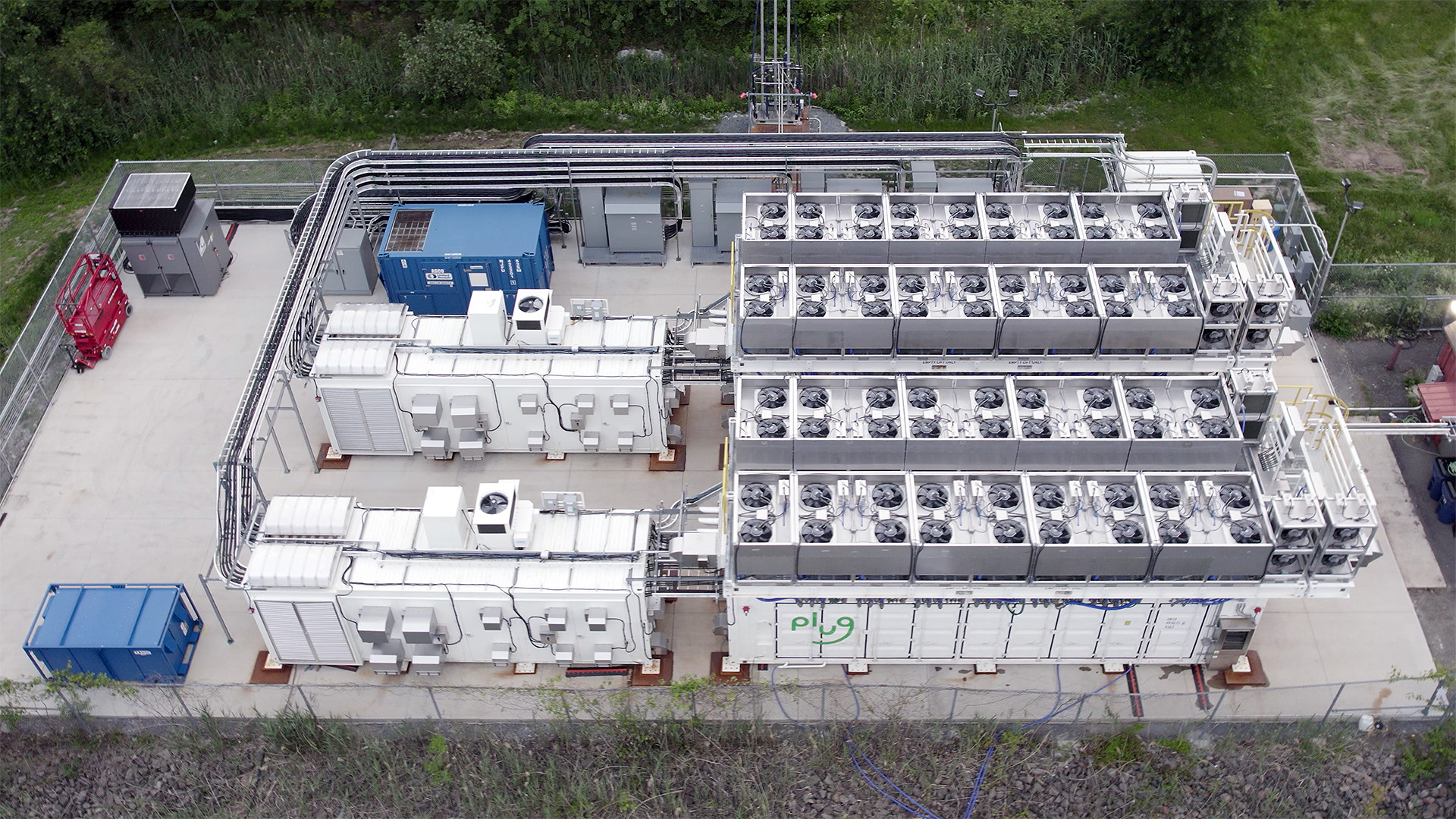

Microsoft has successfully tested a hydrogen fuel cell solution which could provide emissions free backup power for its data centres in the future.
The successful test took place in in Latham, New York, and involved hydrogen fuel cells packed into a pair of 40-foot-long shipping containers in what Microsoft called a first-of-its-kind hydrogen generator, it revealed yesterday.
The tech giant explained that in data centres, backup generators are used infrequently, but they are critical if there’s a power outage. This is because they maintain uninterrupted power to the data centre and, therefore, service to customers.
When these generators do run, they usually burn fossil fuels. However, as part of its pledge to be carbon negative by 2030, the tech giant has been exploring short and long term alternatives.
Long term, proton exchange membrane (PEM) fuel cell technology could be a viable solution to erase carbon emissions, according to Lucas Joppa, Microsoft chief environmental officer. PEM fuel cells combine hydrogen and oxygen in a chemical reaction, which generates electricity, heat, and water. There’s no combustion, particulate matters, or carbon emissions.
The PEM fuel cell test in Latham demonstrated the viability of this technology at three megawatts, the first time this has been achieved at the scale of a backup generator for a data centre. Microsoft believes that once green hydrogen is available and economically viable, this type of stationary backup power could be implemented across industries, from data centres to commercial buildings and hospitals.
“Three megawatts is super interesting because that’s the size of the diesel generators that we use right now,” Joppa said.
Get the ITPro daily newsletter
Sign up today and you will receive a free copy of our Future Focus 2025 report - the leading guidance on AI, cybersecurity and other IT challenges as per 700+ senior executives
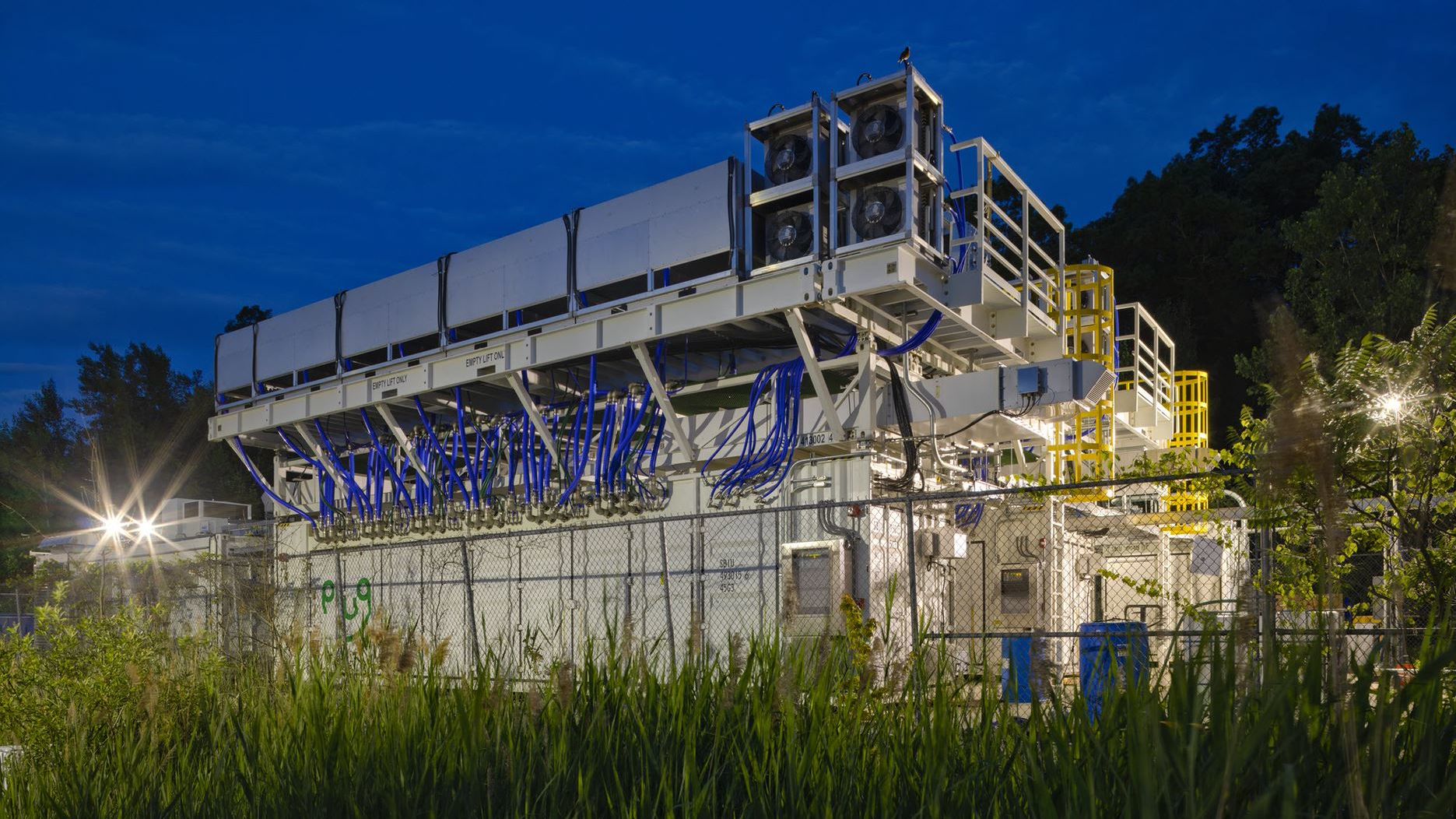
This is enough to power around 10,000 computer servers or 600 homes, and 10 times bigger than the system the company tested in Utah in 2018 at the National Renewable Energy Laboratory in Golden, Colorado.
Unfortunately, Microsoft found it difficult to source PEM fuel systems large enough to support three megawatts of energy. The tech giant instead decided to build the three-megawatt fuel system with engineers at Latham-based Plug, a pioneer in the commercial development of fuel cell and green hydrogen technologies.
The 125-kilowatt fuel cells – 18 of which are packed into each shipping container – are the largest the company has ever made, and the three-megawatt fuel cell system is Plug’s biggest application. Because the system is larger than anything built before, so too are all the components, from compressors and heat exchangers to grid-scale inverters and the pipes for hydrogen delivery.
The system was assembled piecemeal on a concrete pad behind the company’s headquarters for research, development, and manufacturing of its ProGen line of fuel cells.
“What we just witnessed was, for the data centre industry, a moon landing moment,” said Sean James, Microsoft’s director of data centre research. “We have a generator that produces no emissions. It’s mind-blowing.”
With the prototype testing complete and concept proven, Plug will now roll out an optimised commercial version of high-power stationary fuel cell systems that have a smaller footprint and a more streamlined and polished aesthetic than the one tested.
Microsoft will also install one of these second-generation fuel cell systems at a research data centre where engineers will learn how to work with and deploy the new technology, including the development of hydrogen safety protocols. The date of first deployment at a live data centre is unknown, though it will likely occur at a location where air quality standards prohibit diesel generators, said James.
Zach Marzouk is a former ITPro, CloudPro, and ChannelPro staff writer, covering topics like security, privacy, worker rights, and startups, primarily in the Asia Pacific and the US regions. Zach joined ITPro in 2017 where he was introduced to the world of B2B technology as a junior staff writer, before he returned to Argentina in 2018, working in communications and as a copywriter. In 2021, he made his way back to ITPro as a staff writer during the pandemic, before joining the world of freelance in 2022.
-
 Cleo attack victim list grows as Hertz confirms customer data stolen
Cleo attack victim list grows as Hertz confirms customer data stolenNews Hertz has confirmed it suffered a data breach as a result of the Cleo zero-day vulnerability in late 2024, with the car rental giant warning that customer data was stolen.
By Ross Kelly
-
 Lateral moves in tech: Why leaders should support employee mobility
Lateral moves in tech: Why leaders should support employee mobilityIn-depth Encouraging staff to switch roles can have long-term benefits for skills in the tech sector
By Keri Allan
-
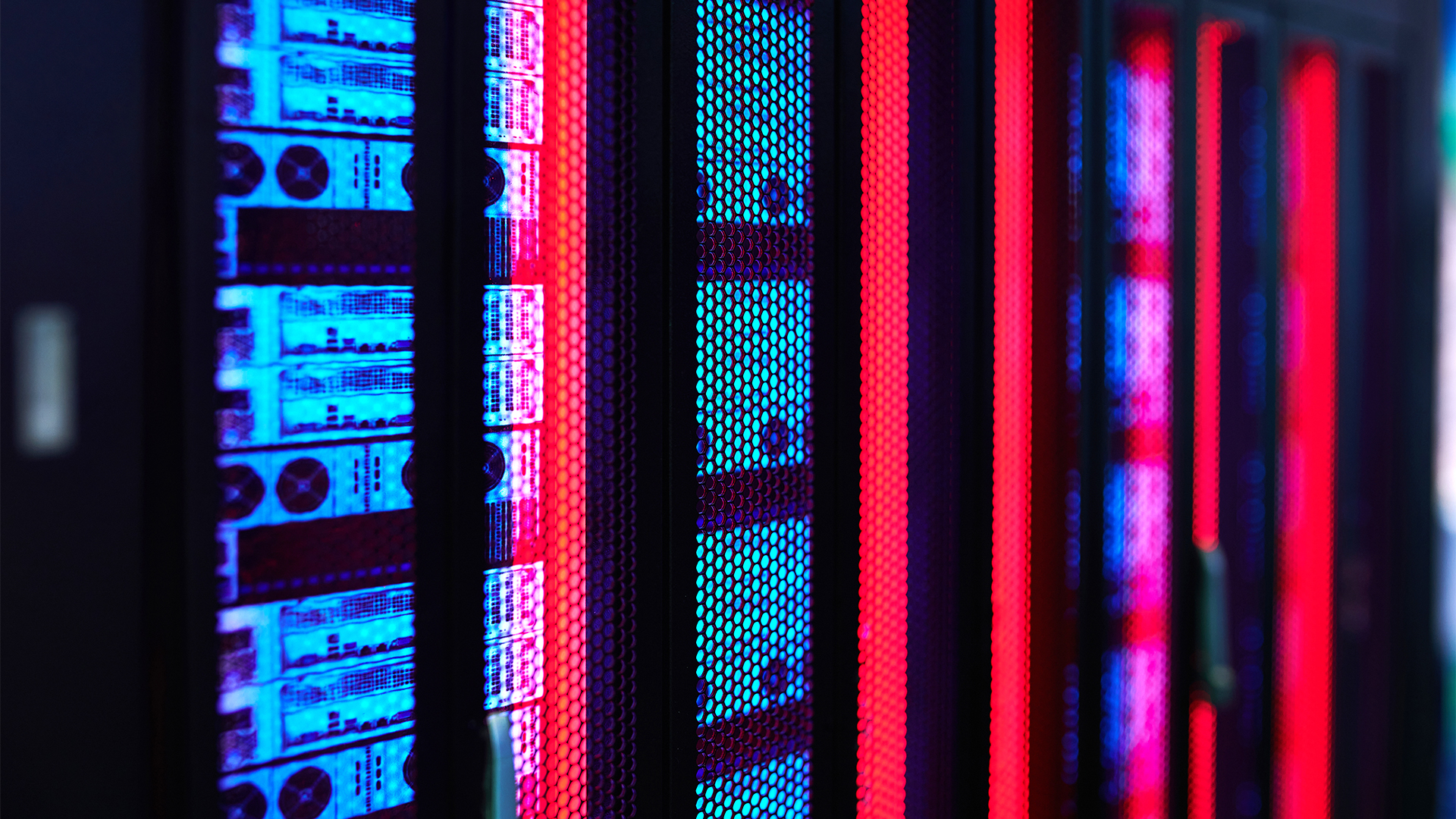 Tech giants called in to help tackle UK’s AI energy concerns
Tech giants called in to help tackle UK’s AI energy concernsNews The UK government is holding talks with Microsoft, ARM, Google, and Amazon in the first meeting of the new AI Energy Council.
By Emma Woollacott
-
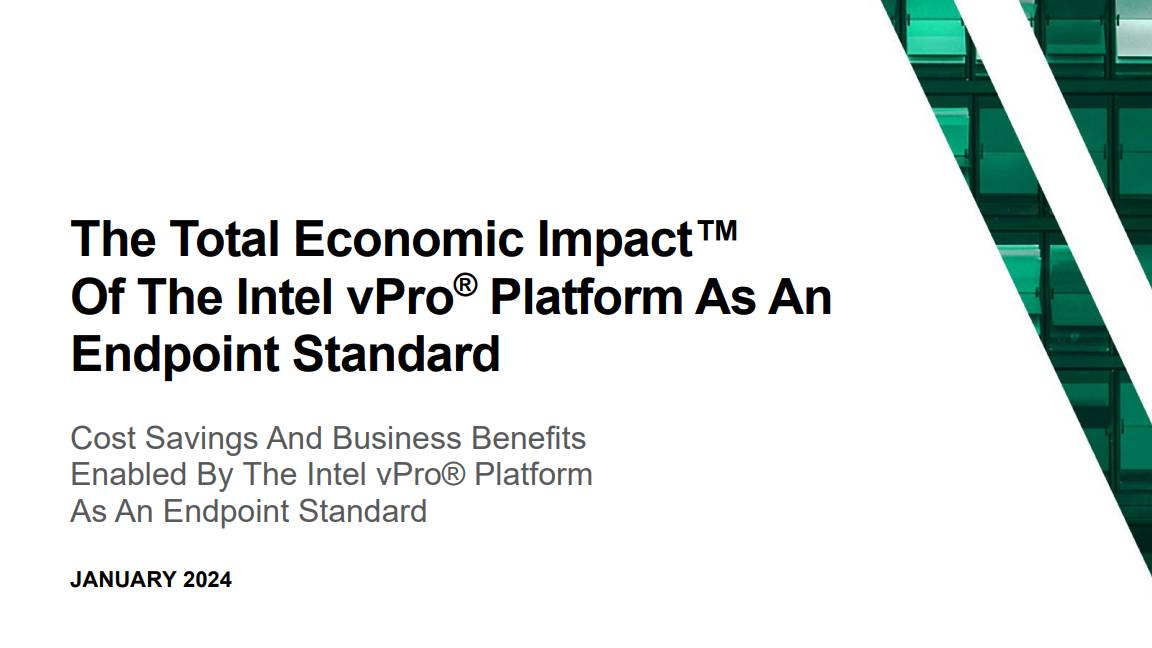 The Total Economic Impact™ of the Intel vPro® platform as an endpoint standard
The Total Economic Impact™ of the Intel vPro® platform as an endpoint standardwhitepaper Protection across AI attack vectors
By ITPro
-
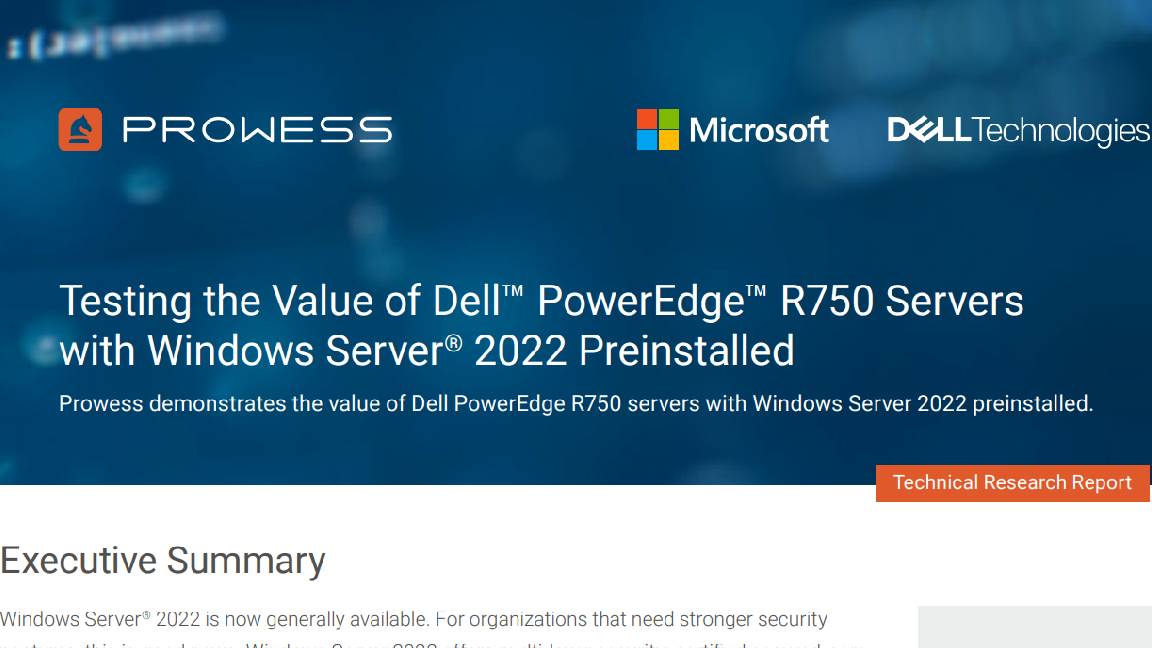 Testing the Value of Dell™ PowerEdge™ R750 Servers with Windows Server® 2022 Preinstalled
Testing the Value of Dell™ PowerEdge™ R750 Servers with Windows Server® 2022 Preinstalledwhitepaper Protection across AI attack vectors
By ITPro
-
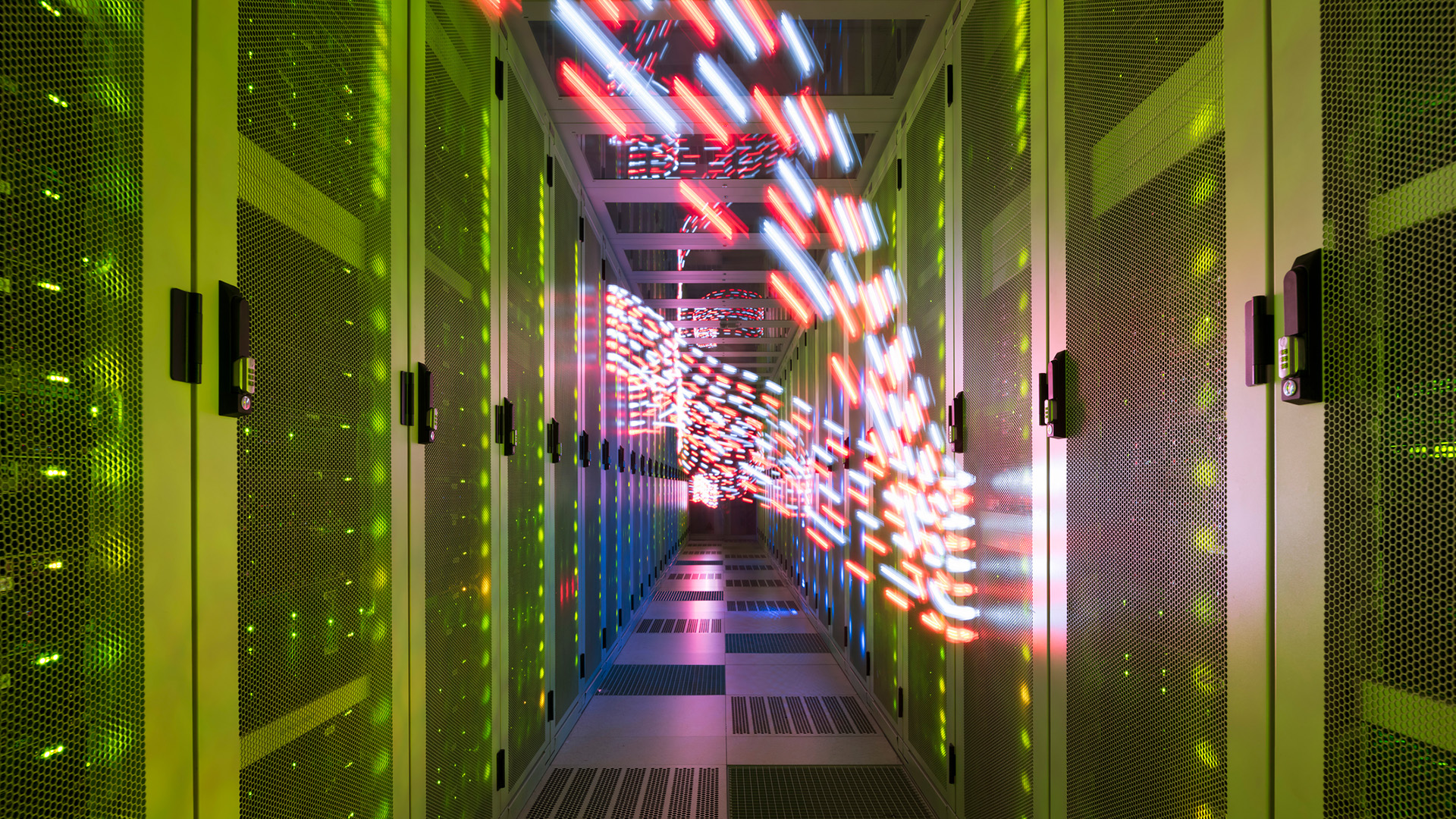 “Significant concerns” raised over impact of data center growth on regional energy grids
“Significant concerns” raised over impact of data center growth on regional energy gridsNews Scenarios for AI energy consumption in the next decade show potential capacity issues
By Solomon Klappholz
-
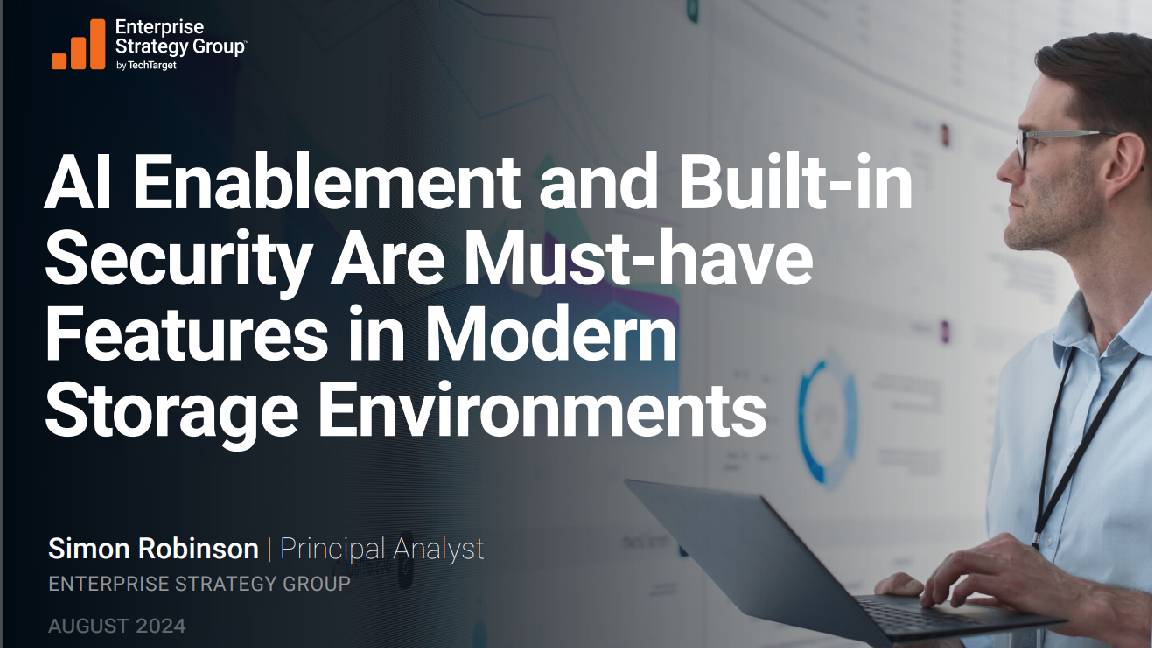 AI enablement and built-in security are must-have features on modern storage environments
AI enablement and built-in security are must-have features on modern storage environmentswhitepaper Modernize storage infrastructure to serve future application demands
By ITPro
-
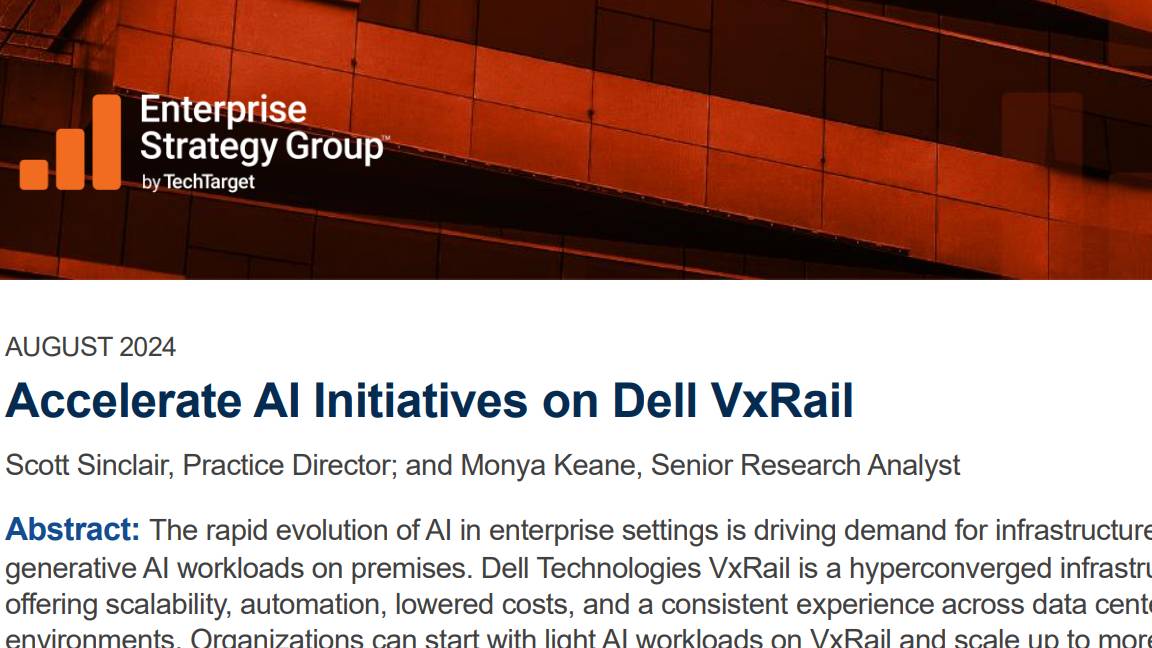 Accelerate AI initiatives on Dell VxRail
Accelerate AI initiatives on Dell VxRailwhitepaper Protection across AI attack vectors
By ITPro
-
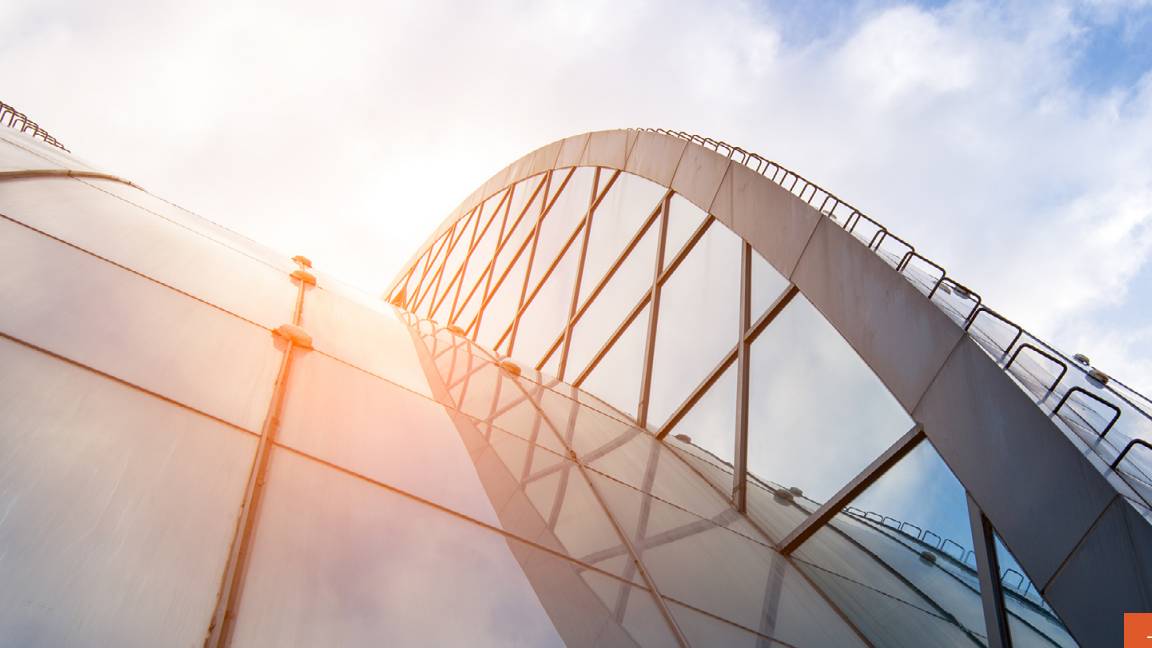 Choose high data-efficiency technology for lower storage TCO
Choose high data-efficiency technology for lower storage TCOwhitepaper Choose high data-efficiency technology for lower storage TCO
By ITPro
-
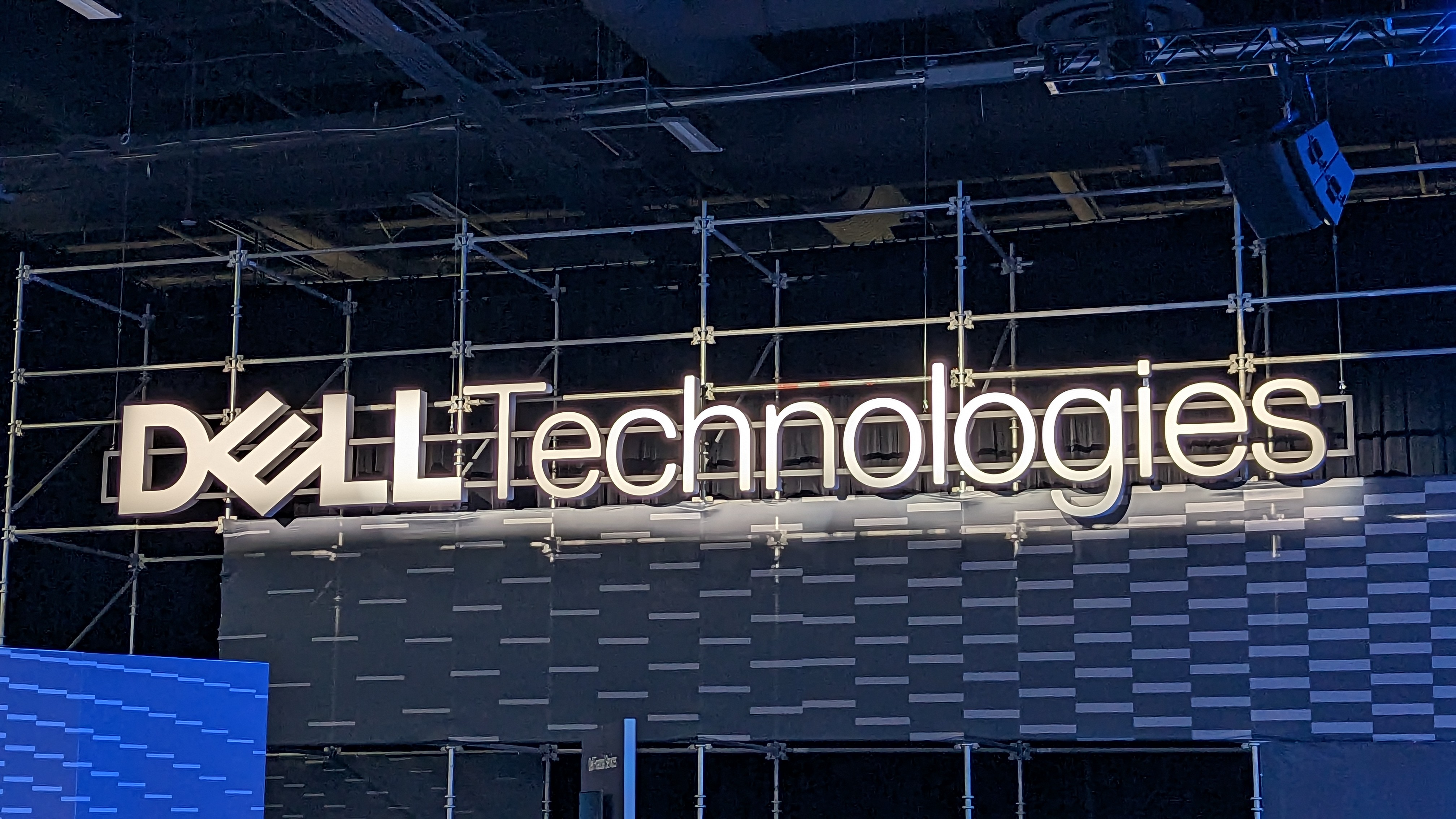 PowerStore resiliency
PowerStore resiliencywhitepaper PowerStore resiliency
By ITPro